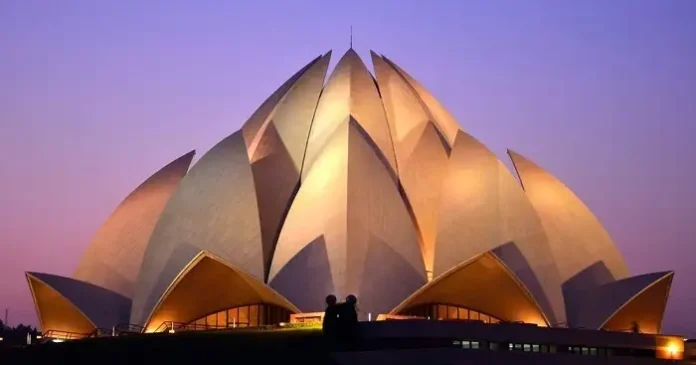Architecture has the power to transcend borders and cultures, bringing together ideas and influences from around the world. In India, international collaborations have resulted in the creation of architectural marvels that blend global design concepts with local traditions. These projects not only showcase the talent and creativity of architects but also serve as symbols of cultural exchange and cooperation. Let’s explore some of the most notable International collaboration architect India that are the result of international collaborations.
Harnessing Innovation and Expertise: The Mumbai Skyline
Mumbai, India’s financial capital, is home to several architectural marvels that have been created through international collaborations. One such project is the Antilia, a 27-story residential building designed by American architecture firm Perkins and Will. This skyscraper, owned by billionaire Mukesh Ambani, is one of the most expensive private residences in the world and features a unique design that incorporates elements of traditional Indian architecture with modern technology.
Another iconic project in Mumbai is the Bandra-Worli Sea Link, a cable-stayed bridge that connects the western suburbs of Bandra to the southernmost tip of Worli. Designed by American architectural firm Halcrow Group and constructed by Indian infrastructure company Hindustan Construction Company, the bridge has become a symbol of modern infrastructure in India.
Preserving Heritage: The Delhi Red Fort
In Delhi, international collaborations have played a crucial role in preserving the city’s rich architectural heritage. The restoration of the Red Fort, a UNESCO World Heritage Site, is a prime example of such collaboration. The project, undertaken by the Aga Khan Trust for Culture in partnership with various international organizations, aimed to restore the fort to its former glory and revive traditional crafts and techniques.
Fostering Cultural Exchange: The Chennai Music Academy
In Chennai, the Music Academy is a renowned cultural institution that promotes Indian classical music and dance. The academy’s new auditorium, designed by Australian architectural firm ARM Architecture in collaboration with Indian firm CRN, is a striking example of contemporary design that respects and celebrates Indian cultural traditions. The auditorium’s unique design features a large dome inspired by traditional Indian architectural forms, creating a space that is both modern and culturally resonant.
Embracing Sustainability: The Bengaluru Metro
The Bengaluru Metro, India’s third-largest metro system, is another example of an architectural marvel that has been created through international collaboration. The metro system, which was designed by a consortium of international firms led by the French company Systra, features innovative design elements that prioritize sustainability and energy efficiency. The metro stations are designed to maximize natural light and ventilation, reducing the need for artificial lighting and air conditioning.
In conclusion, international collaborations in architecture have played a significant role in shaping India’s built environment, leading to the creation of iconic structures that blend global design concepts with local traditions. These architectural marvels not only showcase the creativity and innovation of architects but also serve as symbols of cultural exchange and cooperation, enriching India’s architectural heritage for generations to come.
